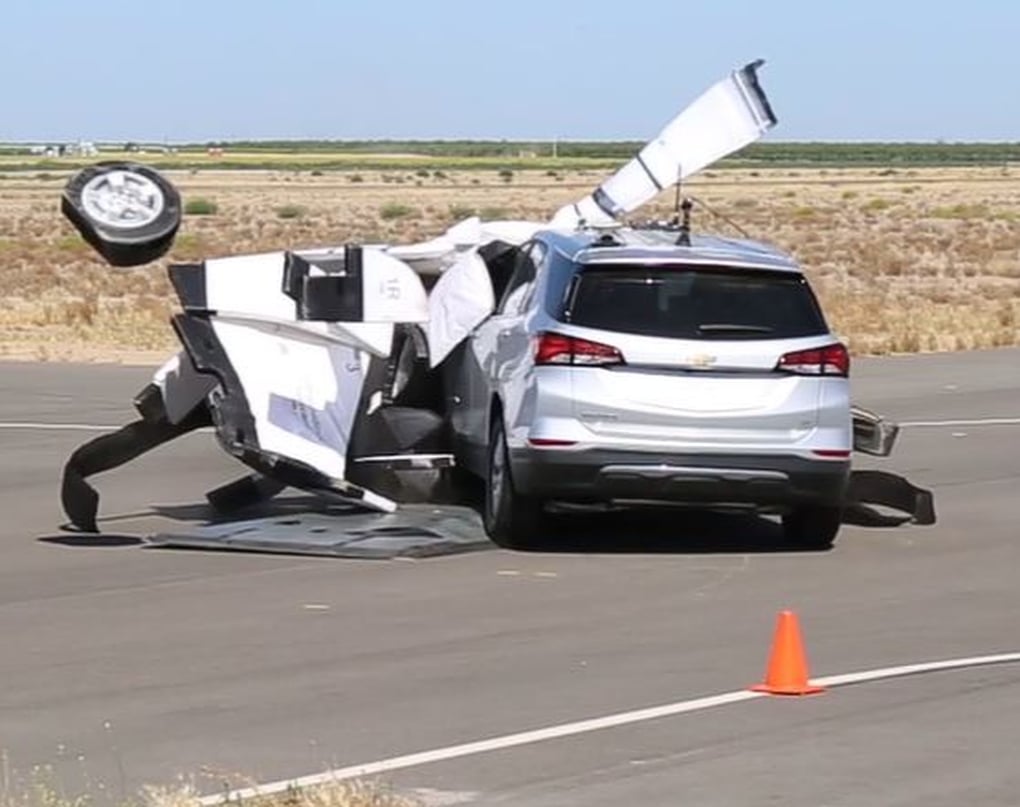There is no question that Automatic Emergency Braking (AEB) systems have saved lives since they were first introduced on luxury cars in the mid-2000s. But are these systems that have now been around awhile, improving fast enough? That's the question the American Automobile Association set out to answer recently, and the answer, researchers say, is no. In its new research, AAA throws into question the whether today's Automatic Emergency Braking systems are keeping up with innovation. Researchers say testing needs to be conducted at higher speeds and include T-bone and left-turn in front of oncoming vehicle tests.
Automatic Emergency Braking
Automatic Emergency Braking (AEB) is now standard equipment in most new cars sold in the U.S. regardless of price. Starting on September 1, 2022, 20 automakers representing more than 99% of the U.S. market pledged to make AEB standard equipment on all their new vehicles.
There's no question that AEB has successfully stemmed rear-end crashes, which often result in injuries, property damage, and even fatalities. But in its new research, AAA says it wanted to know whether the latest generation of AEB can handle higher speeds as well as detect moving vehicles in its path at intersections. Researchers say AEB systems struggled with the former and failed with the latter.
“Automatic Emergency Braking does well at tackling the limited task it was designed to do. Unfortunately, that task was drawn up years ago, and regulator’s slow-speed crash standards haven’t evolved,” said Greg Brannon, director of AAA’s automotive engineering and industry relations. “Testing requirements for this technology, or any vehicle safety system for that matter, must be updated to handle faster, more realistic speeds and scenarios with the greatest safety benefit for drivers.”
The Issue
AEB automatically tells a vehicle to apply the brakes when sensors using forward-facing cameras show a crash is imminent. AAA says it's reduced rear-end crashes at lower speeds. While the tech has been refined over the years with upgrade hardware and software, AAA says AEB tests need to be expanded to include higher speeds and also include T-Bone and left turns at intersections. AAA says from 2016 to 2020, these two types accounted for 39.2% of total fatalities in crashes involving two passenger vehicles during which the striking vehicle did not lose traction or leave the roadway before the collision.
What AAA Tested
AAA tested the performance of AEB systems in two ways:
- AEB rear-end crash performance when encountering a stationary vehicle at speeds of 30 and 40 mph (currently mandated testing speeds are 12 and 25 mph)
- AEB performance when encountering moving vehicles in collision scenarios involving an intersection – T-bone and unprotected left turn (test vehicle turning left in front of an oncoming car)
The Result
What they found is the faster the vehicle was going, the less protection AEB systems provided. And they didn't help protect vehicles in T-Bone and left-turn tests at all.
- At 30 mph, AEB prevented a rear-end collision for 17 of 20 test runs, or 85%. For the test runs that resulted in a crash, the impact speed was reduced by 86%.
- But at 40 mph, AEB only prevented a rear-end crash in 6 of 20 test runs, or 30%. For test runs that resulted in a crash, the impact speed was reduced by 62%.
- In both the T-bone and left-turn in front of oncoming vehicle tests, crashes occurred 100% of the time. AEB failed to alert the driver, slow the vehicle’s speed and avoid the crash.
What’s Next
AAA is strongly urging automakers to improve AEB systems to assist drivers in intersection-based crash scenarios. It's also asking automakers and regulatory agencies to take a look at system design and test protocols to better handle the types of crashes when injuries and fatalities commonly occur. AAA also says automakers should include AEB systems as standard equipment on all their makes and models. All this said, drivers must recognize the limits of AEB systems and remain engaged when behind the wheel.

